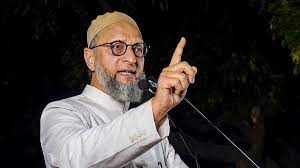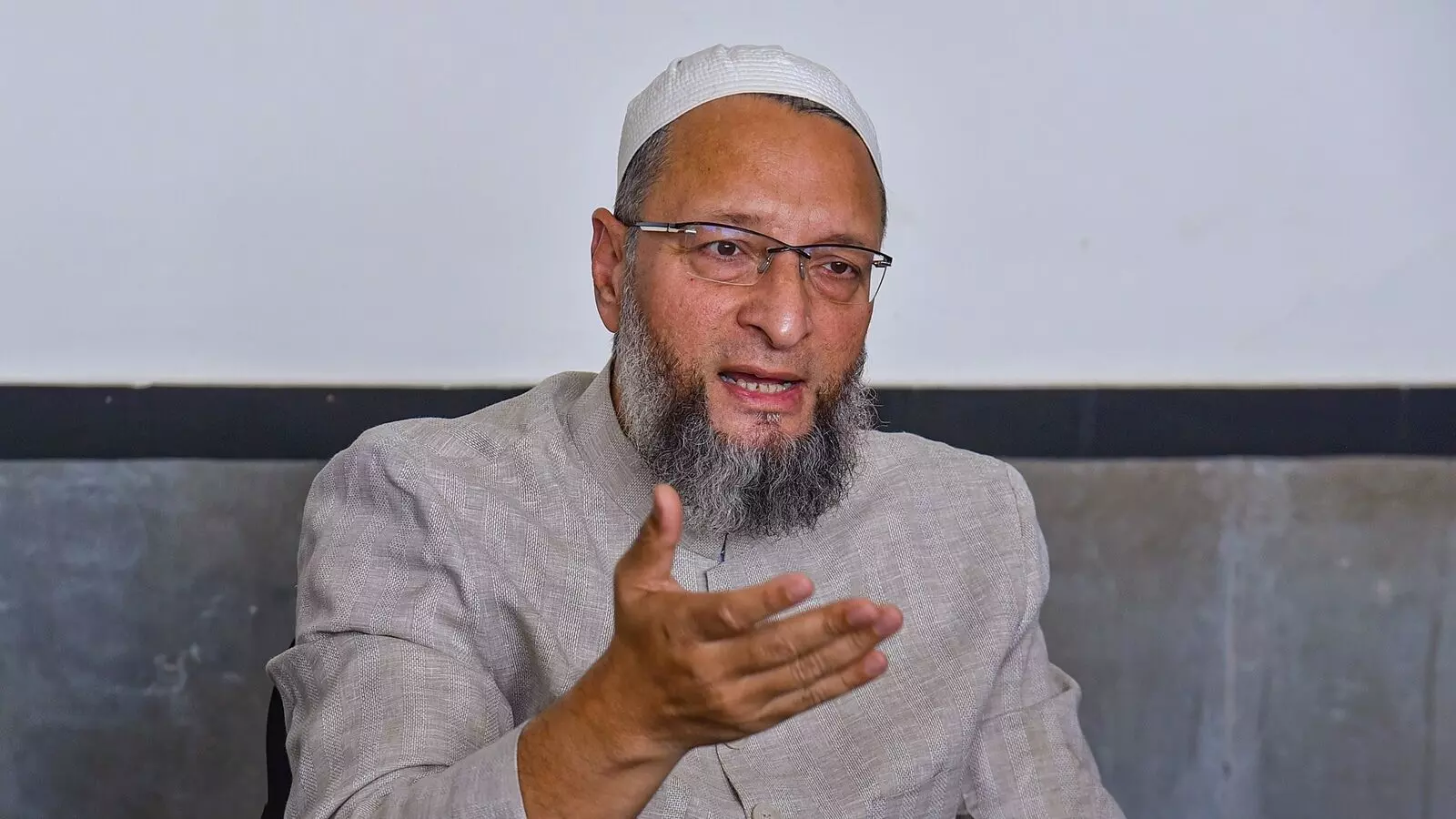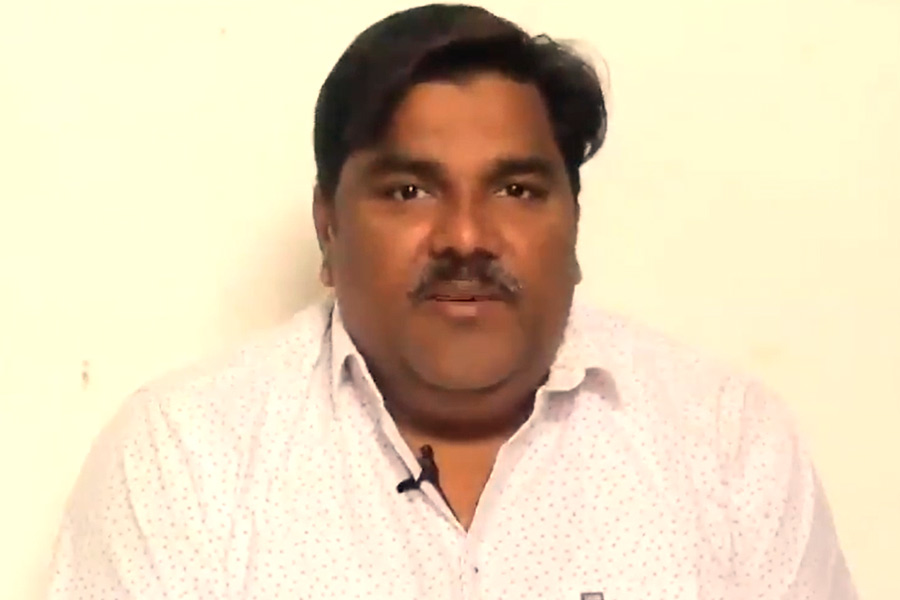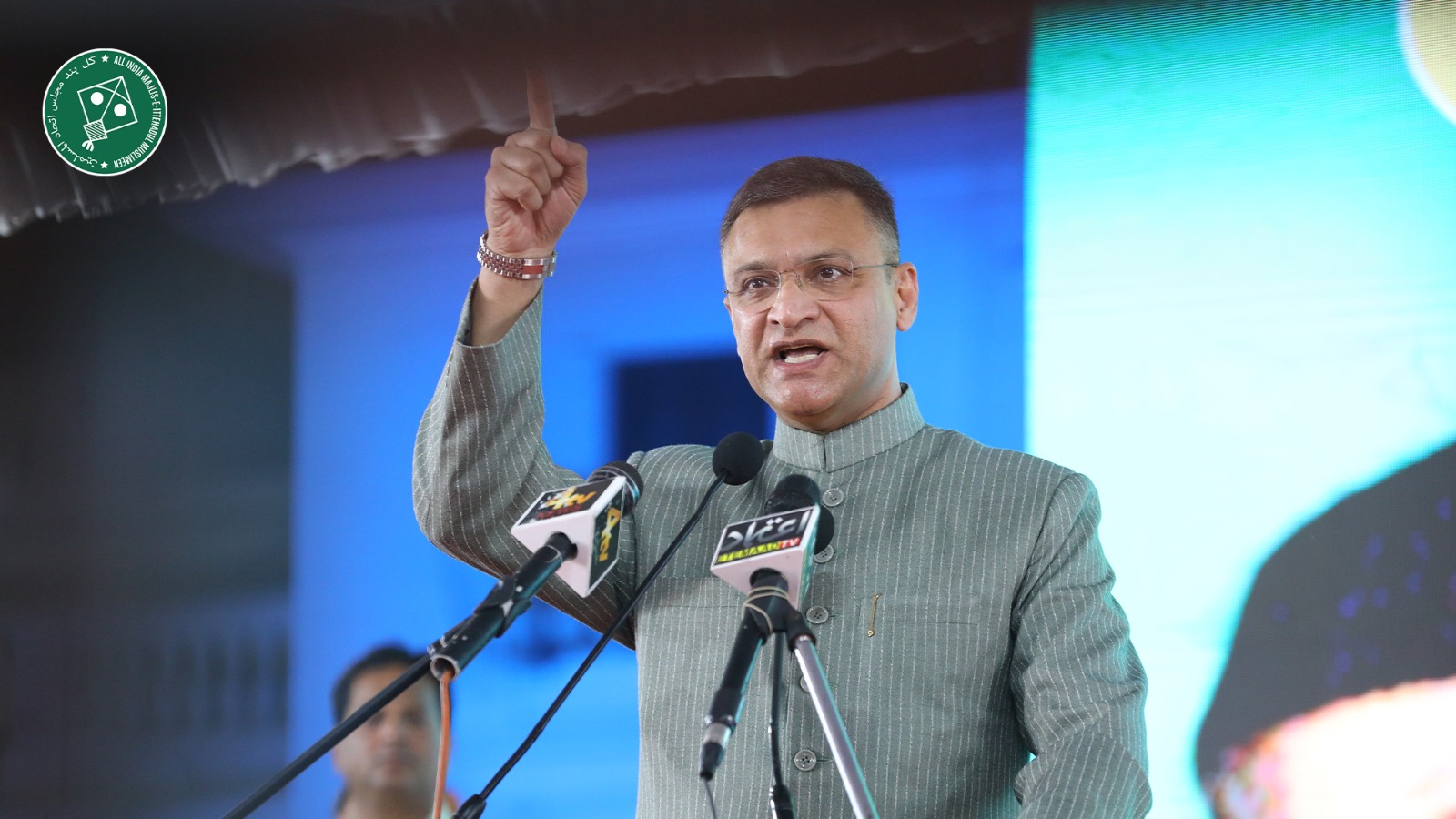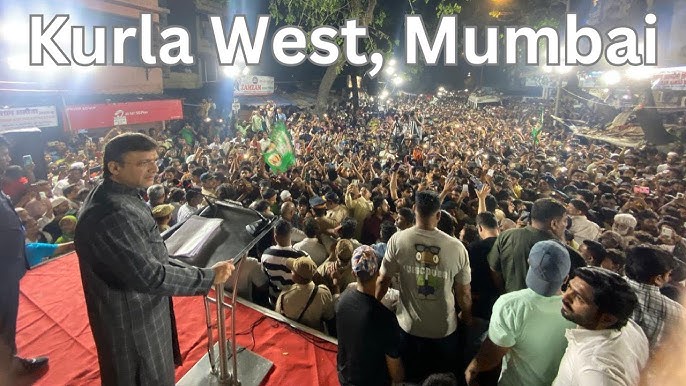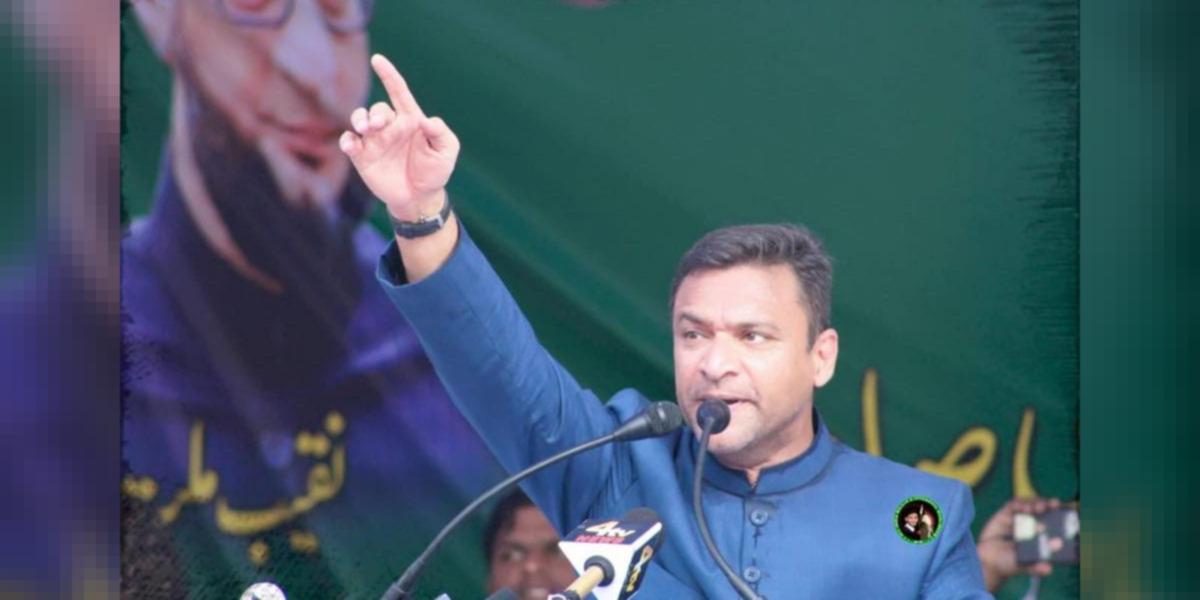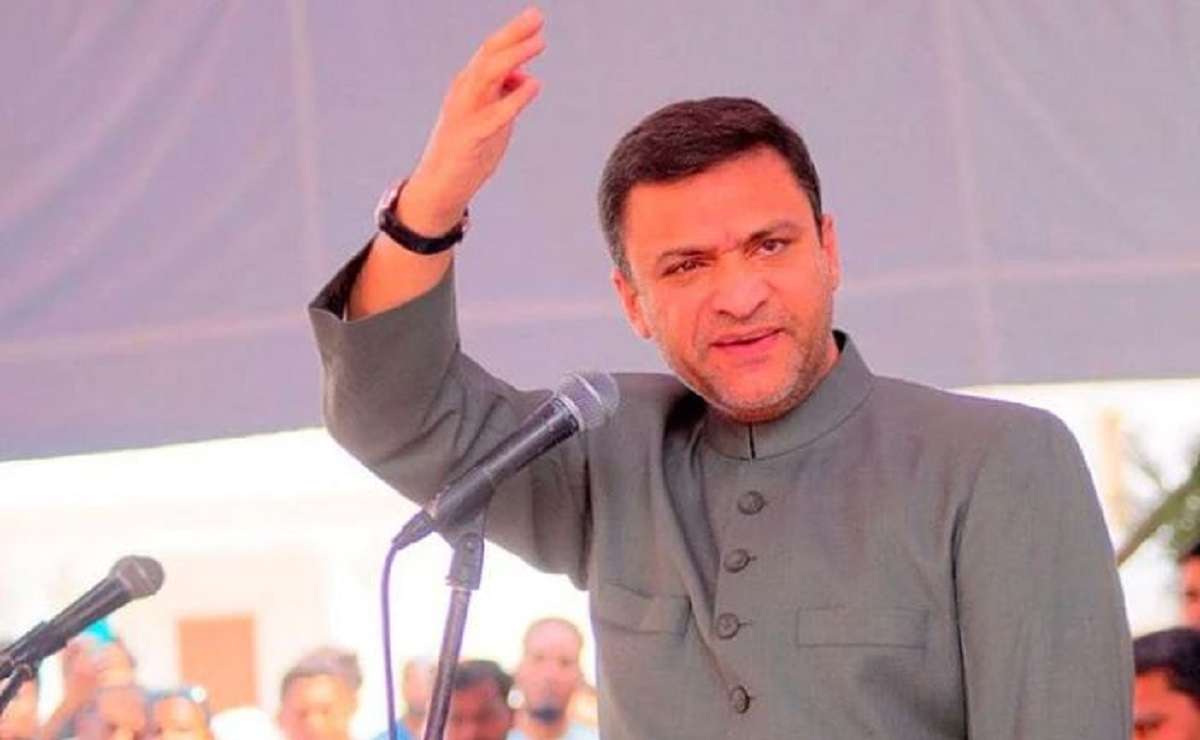Our party's main target would be the development of Rajasthan: Asaduddin Owaisi
Thu 15 Sep 2022, 10:00:49
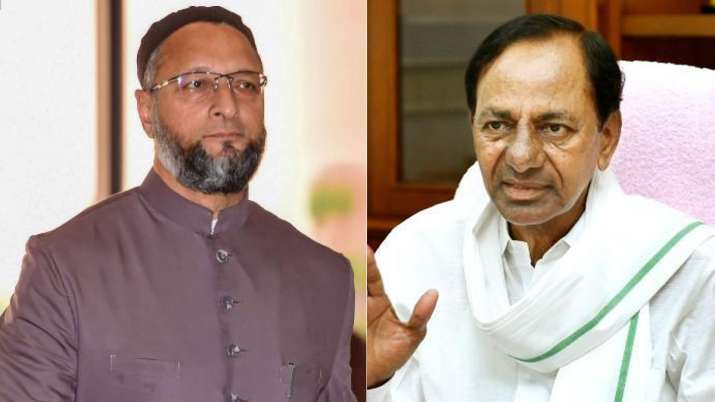
Jaipur: AIMIM president and Hyderabad MP Asaduddin Owaisi, arrived in Rajasthan on Wednesday to spread his party’s presence and make an impact in next year’s elections.
During his two-day visit, he will be touring Jaipur and other areas in Shekhawati (Sikar, Ladnu, Laxmangarh, Khirwa, Fatehpur) where the minority vote bank could make a difference. At a press conference organised in Jaipur on Wednesday, he said that his party’s main target would be the development of Rajasthan.
“It is not about minority voters. I will be going to various parts of Rajasthan. We are focusing on the development of the state, including employment opportunities for people, rising inflation and political representation for the people of minority, tribal and Dalit communities in the state. This will be our agenda for the election,” said Owaisi.
When asked who his party would support if there’s a coalition, Owaisi skirted the question, saying it would be decided after the election.
Owaisi’s AIMIM has been contesting elections in Muslim-dominated regions of different states for the last few years. Its focus has been on assembly polls in Bihar, West Bengal, and Uttar
Pradesh. Now, it is planning to foray into Rajasthan.
Pradesh. Now, it is planning to foray into Rajasthan.
Apart from the press conference, Owaisi held a march at Jalupura, Jaipur, and a public meeting at Bhatta Basit, Jaipur. Later in the day, he organised a slew of public meetings in Sikar, Laxamangarh, Fatehpur, Khirwa, and Nawalgarh. On Thursday, he has programmes planned at Balara, Sujangarh, and Ladnu. These are places where the minority population is high.
In Rajasthan, there are 36 minority-dominated seats, but the vote bank is not as strong as that in Uttar Pradesh, Bihar, and West Bengal. There are very few seats in Rajasthan, where elections can be won only with the help of the Muslim vote bank.
Owaisi assured that his party will give tickets to women as well and will ensure that Muslim women are not oppressed. Commenting on the Hijab row, Owaisi said that the issue has been created to “demean our community”, otherwise there are other religious symbols as well. “A woman wears a hijab on her head, not on her brain. Why is that an issue for the people? There are other religious symbols that are allowed in the educational institutions then why not a hijab?” asked Owaisi.
No Comments For This Post, Be first to write a Comment.
Most viewed from Asaduddin Owaisi
Most viewed from AIMIM
AIMIM News
Latest Urdu News
Most Viewed
May 26, 2020
Do you think Canada-India relations will improve under New PM Mark Carney?
Latest Videos View All
Like Us
Home
About Us
Advertise With Us
All Polls
Epaper Archives
Privacy Policy
Contact Us
Download Etemaad App
© 2025 Etemaad Daily News, All Rights Reserved.








